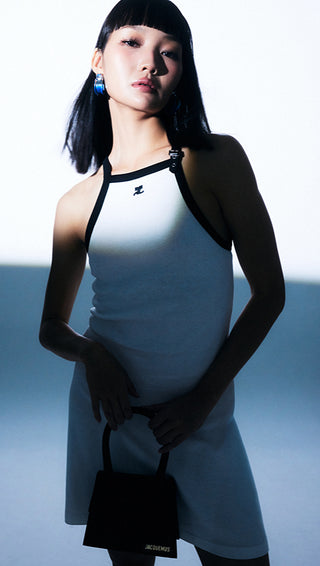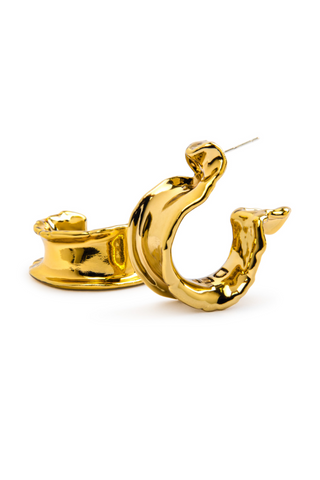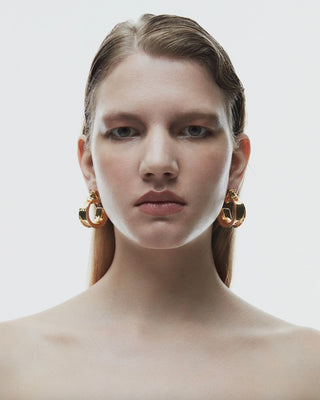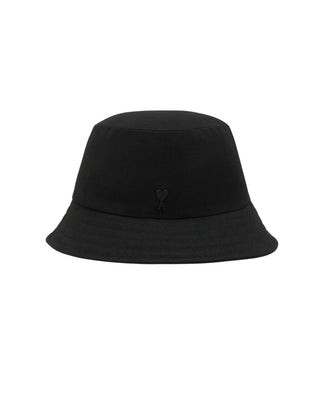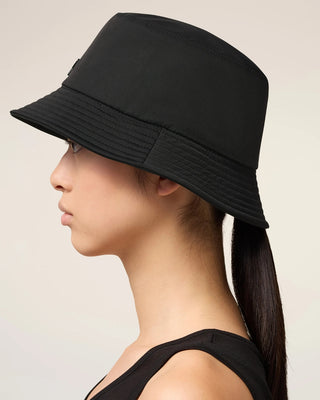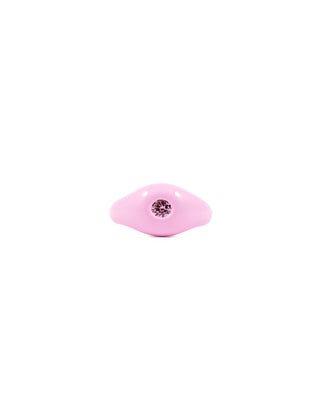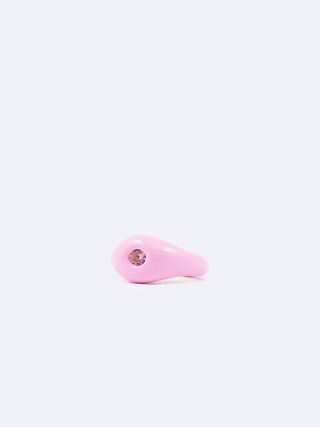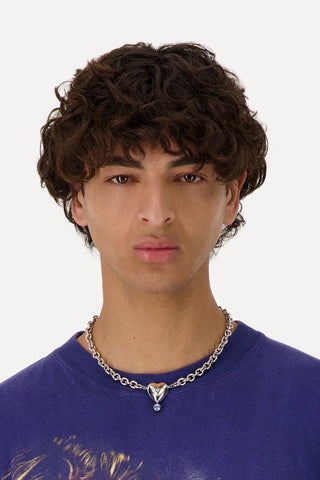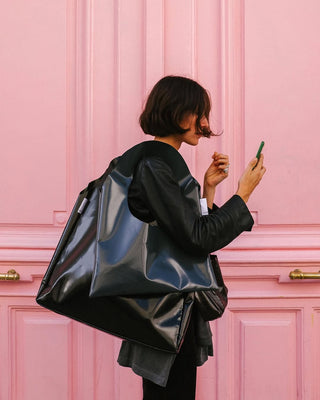
How Jewelry and Bags Are Styling the Moment
What if the most powerful part of your outfit isn’t your clothes? The rise of statement accessories is changing how we define style.
Accessories have always had a certain power, that last-minute decision that ends up defining the entire look. But lately, they’ve taken on a bigger role. Jewelry and bags aren’t just completing outfits, they’re building them. They’re doing the styling heavy lifting, adding clarity and personality where the clothes alone might not go far enough.
Chunky, playful, expressive, that’s the mood Gen Z and Millennials are leaning into. Especially when it comes to jewelry. Bold rings, offbeat earcuffs, layered necklaces that clash just enough, these aren’t add-ons, they’re focal points. Part of it is the TikTok effect (no surprise there), but it's also about self-styling culture, where individual pieces speak louder than full looks. It’s not about a polished head-to-toe outfit anymore, it’s about what stands out.
Across Southeast and East Asia, from Singapore to Bangkok, Hong Kong to Seoul, where fashion and personal style is constantly evolving, this shift is increasingly visible. With a growing appetite for curated, design-led accessories, shoppers here are looking beyond the mainstream, and leaning into pieces that do more. Think: bold accents that balance humid weather wardrobes, or lightweight statements that don’t sacrifice comfort.
Defaïence understands this shift perfectly. Their lightweight earcuffs and earrings aren’t made to blend in, they sharpen whatever you’re wearing, whether that’s an oversized white shirt or a sheer black tank. They look directional without being loud. Same with Justine Clenquet, whose chains and asymmetric studs are like a personal code. You throw them on, and suddenly the rest of the outfit feels sharper. They're trend-aware but not trend-chasing.
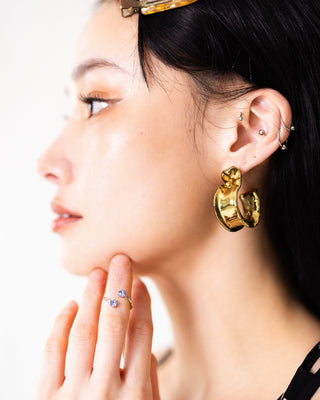

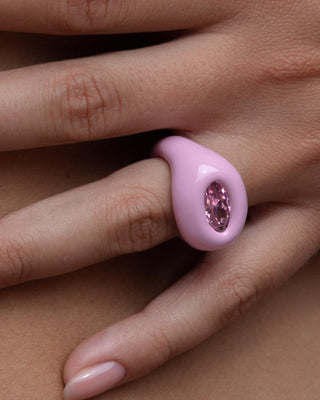



Jupiter takes a more polished approach to play. Their colorful resin rings are sculptural, sleek, and full of personality—elevated without ever being too serious. They strike that rare balance: statement-making and refined. Worn by Bella Hadid, Dua Lipa, and other names known for off-duty luxury, Jupiter’s pieces are the kind you pair with a vintage tee, or a crisp white poplin, and still look perfectly considered. They’re conversation-starters, but only if you want them to be.
On the bag front, Jacquemus still dominates with his signature Le Chiquito pieces. Call them bags or objects or styling tools—they’re instantly recognizable, and they somehow work everywhere. A tailored dress, a tank top, a hoodie and jeans—doesn’t matter. They bring structure and character to a look without ever doing too much.
Coperni, meanwhile, continues to lead the conversation around future-forward design. Their signature Swipe bag—seen in glossy finishes like black and metallic gold—feels bold and clean at once. The shape is instantly recognizable without being overexposed, and the molded form gives just enough structure to pair with fluid, modern silhouettes. The black version quietly made its way into pop culture via Emily in Paris, offering a rare mix of visibility and subtlety—proof that the right bag doesn’t have to shout. It’s a piece that photographs well, works for both day and night, and adds a certain cool restraint to anything you wear.
And then there’s Lea Roesch. A newer name, but one worth knowing. Her background in industrial design comes through in every shape and detail—there’s nothing generic about her bags. Unexpected colors, unusual curves, and a visual balance that feels sharp but wearable. They’re also made using leftover leather and no plastic hardware, which adds a quiet layer of integrity to the brand. Her designs are gaining popularity across style circles in Europe and Southeast Asia—especially in fashion-savvy markets like Singapore, where the demand for sustainable yet statement-making bags continues to grow.
Right now, accessories aren’t about matching—they’re about pushing. They bring contrast, mood, disruption. They do what a good stylist would: elevate, shift, pull everything into focus. In a sea of sameness, that’s the edge that actually matters.


